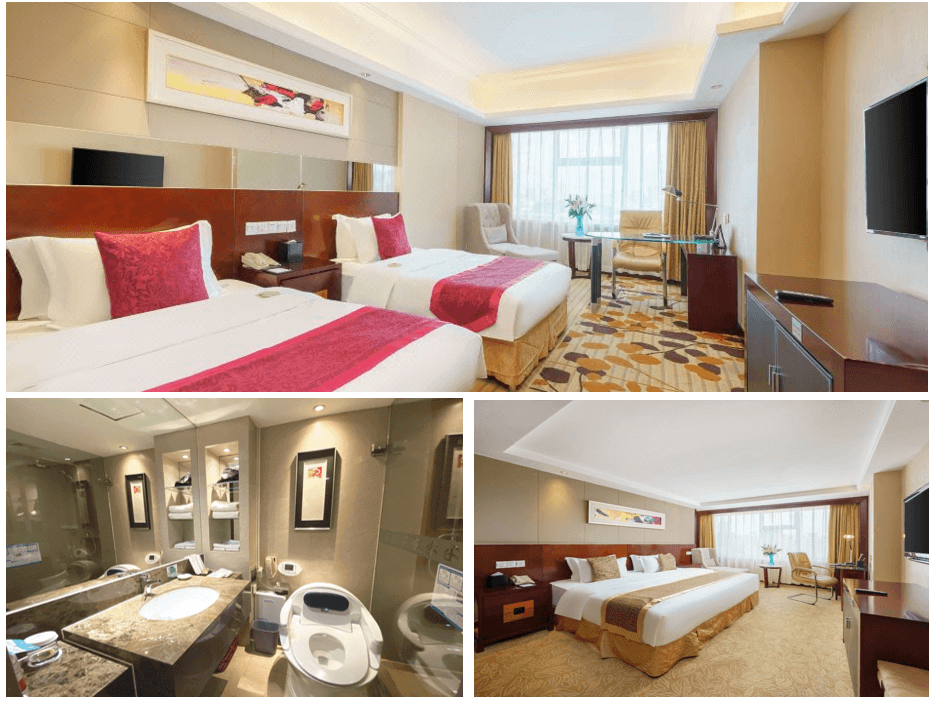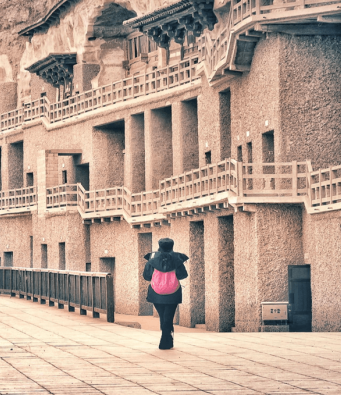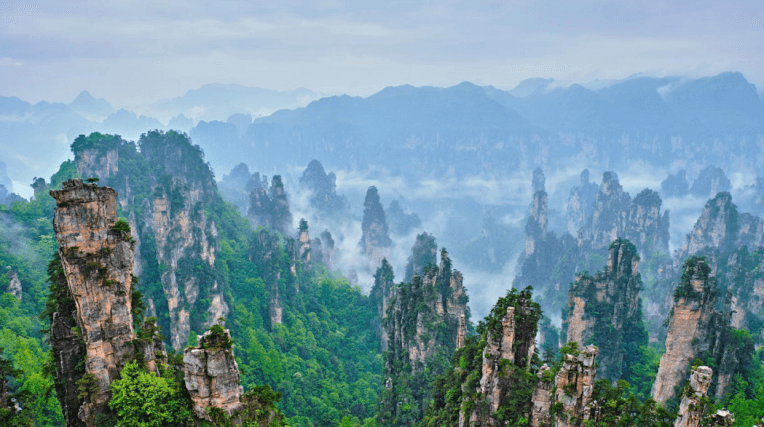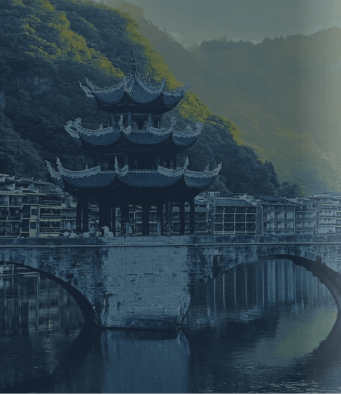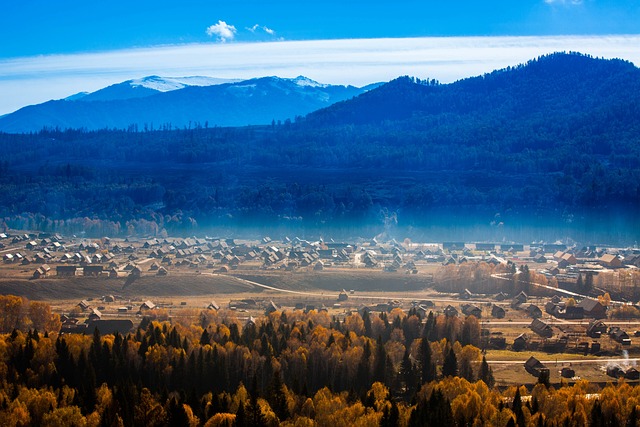In that far northern frontier,
There is a vast land that has been fondly touched by nature – Hulunbeier Grassland
Endless emerald green
The long blue sky
White clouds
Herds of cattle and sheep
Painting a moving picture
Hulunbuir
Endless poetry and reverie
It’s not just a meadow
It’s nature’s green scarf for the earth
It’s the purest breath in the world
It’s a place where the mind can dwell
Hulunbuir
Not just a geographical term
It’s a feeling of release
A yearning for the soul
A love of life
Inner Mongolia has 30 per cent of China’s grassland, sitting on two of the four major grasslands.The evaporation of Inner Mongolia’s grasslands is more than six times the amount of precipitation, and it is the rivers flowing out of the Great Xing’anling Mountains that nourish the two steppes of Hulunbeier and Xilingol.In other words, the Daxinganling is the mother of the grassland mother river, let’s call her – “grandmother mountain”. The Inner Mongolia grassland has a flatness and vastness that no other grassland in China possesses, and is the essence of the Eurasian steppe, as well as the cradle of steppe culture.It is this vast environment with only the sky, grassland and wind as far as the eye can see, which has shaped the strong survivability of the Xiongnu, Donghu, Khitan, Jurchen, Mongolia and other ethnic groups and the ambition of constantly waving their whips to faraway places.
The Hulunbeier Plateau is located on the Hulunbeier Plateau west of the Daxingan Mountains, and is named after Hulun Lake and Bel Lake.The overall terrain is high in the east and low in the west, with an altitude of between 650 and 700 metres. The Hulunbeier Plateau is a world-famous natural pasture, one of the world’s four major grasslands, and is known as the best grassland in the world.
The Hulunbeier Grassland is the birthplace of many ancient civilisations and nomadic peoples. Donghu, Xiongnu, Xianbei, Room Wei, Huihe, Turkic, Khitan, Jurchen, Mongolia and other ethnic groups have flourished here, and it is regarded as the “cradle of the nomadic peoples of northern China” by the historians, and it occupies a high position in the history of the world.
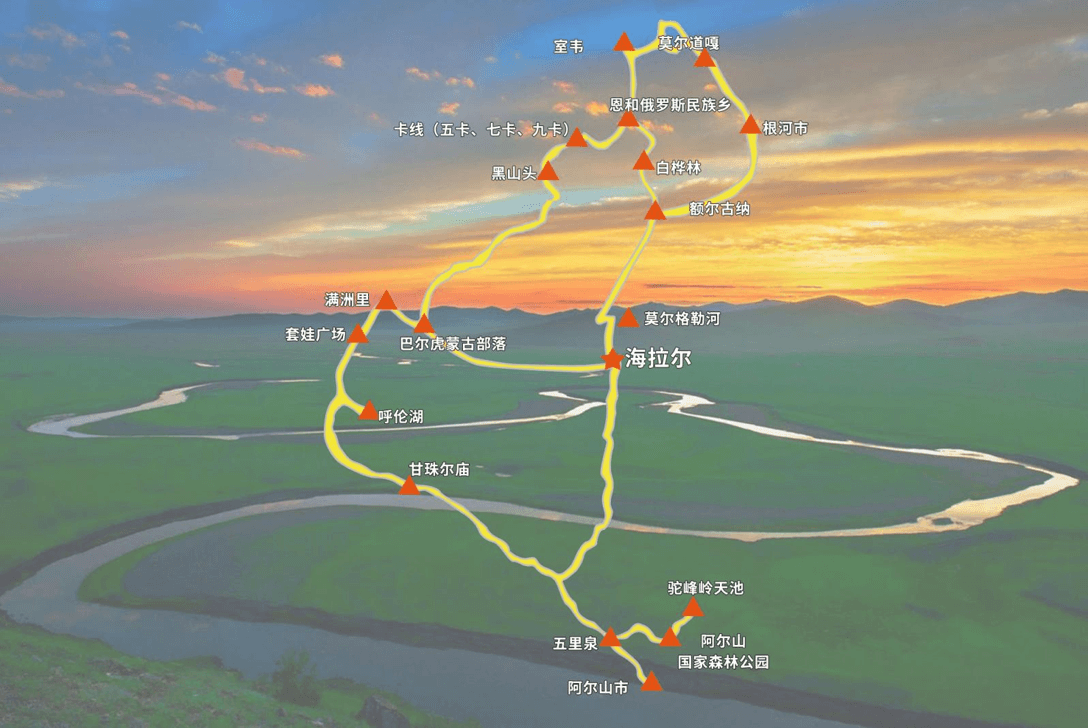
| Date | City | Itinerary | Meals | Hotel |
| Day 1 | Departure/Beijing/Hailar | Arrive at Beijing by plane, transfer to Hailar, free time in the afternoon. | Without | Hailar |
| Day 2 | Hailar/Erguna | Off-road vehicle through the hinterland of the steppe, enjoy the Hui River wetland, enter the herdsman’s house, welcome ceremony, taste Buryat pastry, listen to Eji folk tunes | Morning Buryat Steak Pot | Erguna |
| Day 3 | Erguna/Genhe Cold Pole Village | Erguna Wetland, Genhe Ooluguya Tribe, Cold Pole Village Experience (Window Cutting, Dumpling Making, Learning to Twist Northeast Rice-planting Song) | Middle Iron Pot Stew Cold Eight Bowls | Cold Stream Village |
| Day 4 | Genhe/Molduga/Murowei | Longyan Mountain, Forest Train, Room Wei Folk Township, Erguna River | Breakfast Chinese Combination Meal Russian Family Meal | Muwei wood core leng |
| Day 5 | Zhuwei/Hontou | Enhe Russian Family Visit, Birch Forest Scenic Spot, Montenegro Town, Bonfire Party | Early Morning Chinese Combination Roasted Lamb | Black Mountain head yurt |
| Day 6 | Montenegro/Manzhouli | Balkhu Mongolian tribe, large-scale equestrian show, appearance of the State Gate, sightseeing tower western food | Breakfast Steak Sightseeing Towers Western | Manchuria |
| Day 7 | Manzhouli/Arshan | Hulun Lake, Xinbalhu Grassland, Ganjur Temple, Aershan Railway Station, Wuli Spring | Morning, dried pork noodles, Northeastern barbecue. | Arshan |
| Day 8 | Arshan/Park | Tianchi, Santan Gorge, Turtleback Rock, Shitang Forest, Dujuan Lake | Morning, mountain vegetables, ice-boiled goat. | Arshan |
| Day 9 | Arshan/Hailar/Beijing | Hulunbeier History Museum, Morigrad Scenic Spot Take the evening flight back to Beijing. | Morning Peking Duck | Beijing |
| Day10 | Beijing/Cosy Home | Early morning flight back to your cosy home | Without | Without |




 Home
Home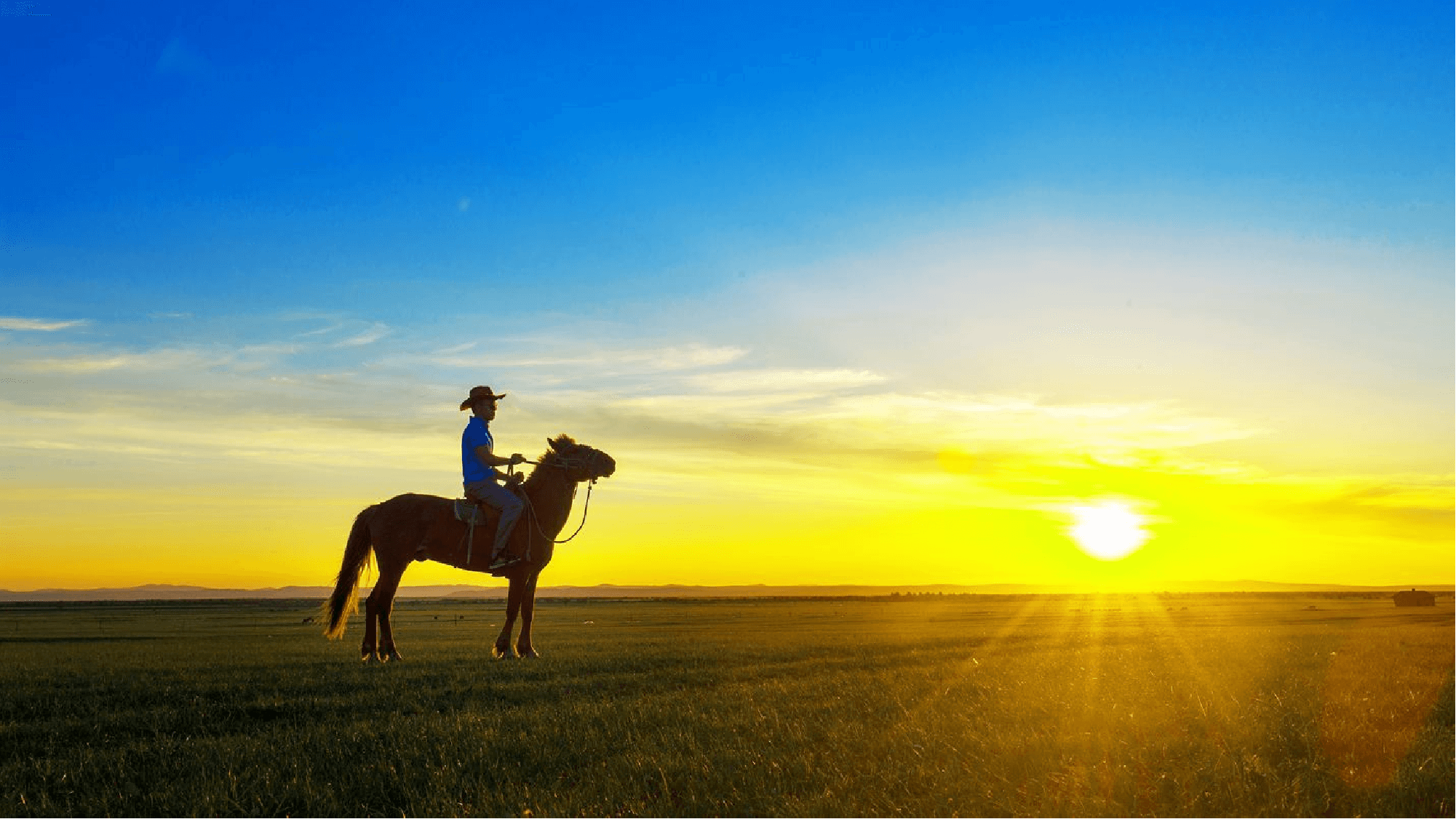

 Traffic:Aircrafts
Traffic:Aircrafts
 Residential accommodation:Hailar
Residential accommodation:Hailar Itinerary:
Itinerary: 